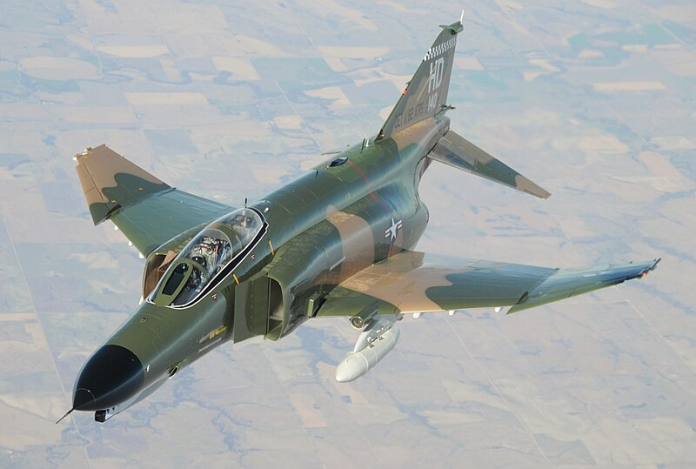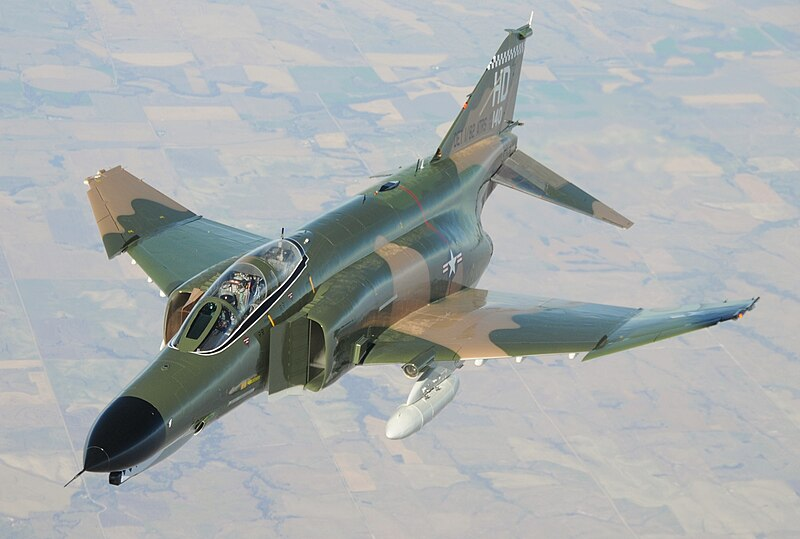
Versatility overcame purity. No aircraft during the Cold War era represented this adage more fully than did the F-4 Phantom II. It was conceived in the late 1950s as a United States Navy fleet defender but came to be the West’s do-anything jet fighter, bomber, reconnaissance vehicle, and radar hunter operating on several continents over several decades. Its shape, with upward-leaning tailplanes and shark-like nose, became identified with hard power and flexibility.

From Vietnam’s sweltering dogfights to radar showdowns over Iraq, Phantom’s history is as much that of engineering as it is of people and doctrine that created it. Countries from Israel to Japan penned their own volumes in its history, as they modified the airframe to distinct strategic requirements. This listicle summarizes seven defining moments that explain why Phantom still elicites respect from circles of military aviation.
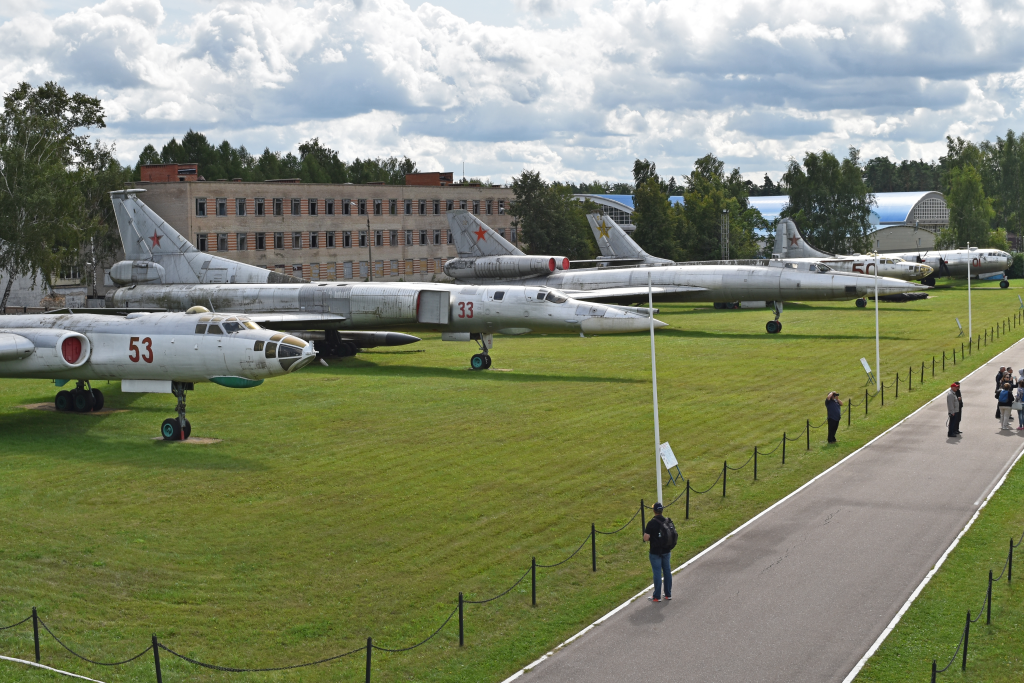
1. From Fleet Defender to Tri-Service Workhorse
Designed to counter Soviet bombers that threatened carrier groups, the prototype F4H came with a massive radar and long‐range missiles, which it launched from pitching decks with impunity. The Air Force soon perceived its future, fitting it with land‐based strike and air superiority missions. Common parts pipelines and special systems ensured fast production as well as cross‐service commonality. Export customers appreciated its twin‐engine range, payload, and credibility particularly those with long coasts or adverse numerical situations.
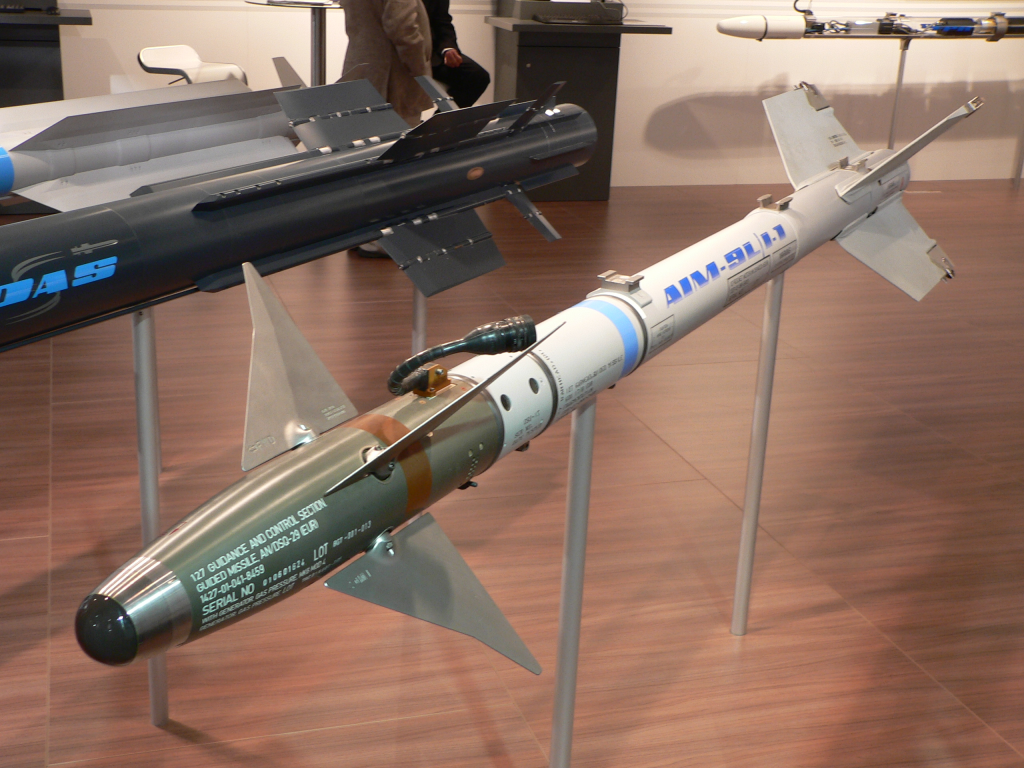
2. Vietnam: The Trial that Changed Everything
In Vietnam, Phantoms in their earliest forms did not possess an internal gun and had to use AIM‑7 Sparrows and AIM‑9 Sidewinders that proved unworthy in tropical, dense airspace. Rules of engagement required visual identification, which meant fighting at close ranges against maneuverable MiG‑17s and MiG‑21s. The remedy was layered: gun pods followed by the F‑4E with its built‑in M61A1 cannon; establishment of Topgun and Red Flag; and new tactics which stressed energy fighting and adaptable formations. Operations such as Bolo proved disciplined deception, while laser‑guided bombs increased strike accuracy.

3. The Israel ‘Kurnass’ SEAD Origins of Modern SEAD Protector
Israel’s F‑4E Kurnass became the backbone of its strike force in the 1970s. In the War of Attrition and Yom Kippur War, crews flew interdiction and suppression missions against dense Soviet‑style SAM belts, integrating AGM‑45 Shrike and AGM‑78 Standard ARM missiles. Hard‑won tactics for cracking missile sites spread across NATO, influencing allied doctrine. By Lebanon 1982, Kurnass units could pivot between hardened target strikes and air‑to‑air engagements, proving the Phantom’s multi‑role resilience.

4. Iran’s Eight‑Year Grind in the Gulf
Pre‑1979 Iran trained hard with F‑4Ds and F‑4Es. When war with Iraq erupted in 1980, these jets became the Republic’s spearhead for deep‑strike, maritime patrol, and defensive counterair. Sanctions forced improvisation cannibalizing parts, local manufacturing, and creative maintenance kept them flying. Today, Iran still operates upgraded Phantoms, a testament to an airframe that can endure decades of logistical strain and remain operational in demanding maritime strike roles.
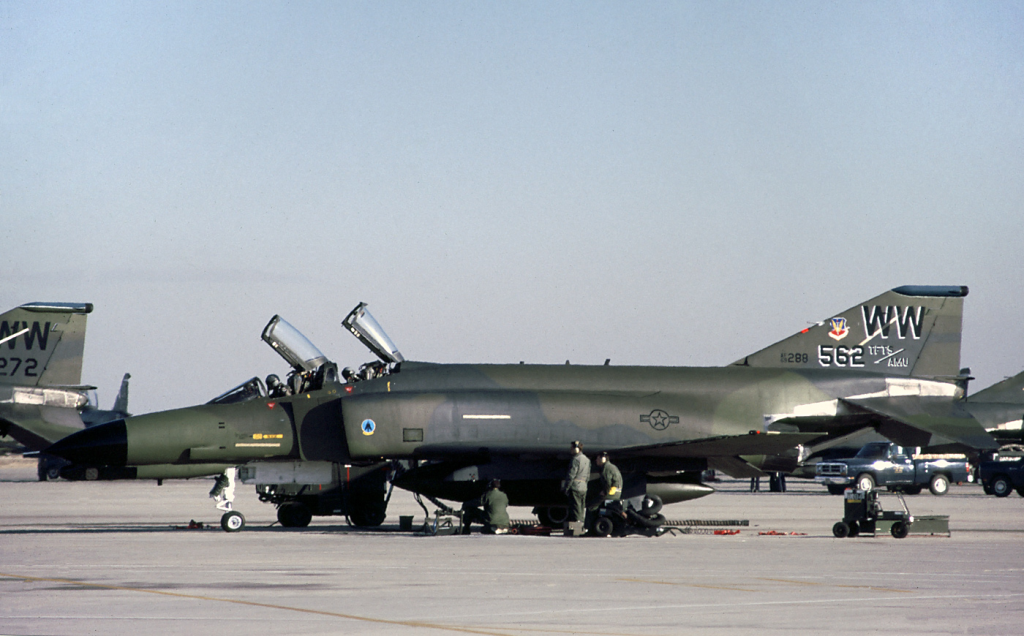
5. Desert Storm Wild Weasel Mastery
By 1991, the F‑4G Wild Weasel was radar hunting specialists. Armed with AN/APR‑47s and AGM‑88 HARMs, they operated out of Bahrain, Turkey, and Saudi Arabia to tear down Iraq’s air defenses. Retired Lt. Col. Robert “Muskrat” McNeese remembered five-hour-long missions with refueling multiple times to target SA‑2s and SA‑6s until radars became ‘autonomous’ in effect, blinded. The F‑4G crews destroyed 74% of Iraqi missile radar during the conflict with one loss, which highlighted the platform’s deadly efficiency.

6. Engineering That Aged Exceptionally Well
The Phantom design provided volume for future growth avionics rack space, wiring capacity, and power reserves made retrofits seamless. Twin‑engine safety gave commanders confidence when over water or mountains, and carrier‑grade landing gear dealt with uneven fields globally. Its idiosyncrasies from smoky J79s through minimal runway vision on flare became fighter legend. Adroitly trained crews made these characteristics assets, stretching service life well past any initial prognosis.

7. The Final Operators and Last Combat Loss
South Korea retired its last Phantoms in 2024 after 55 years of service, meaning Turkey and Iran are now the last operators. The improved F‑4E 2020 Terminators of Turkey are still used in limited capacity, but a 2012 Turkish RF‑4E shoot‑down at the hands of Syrian SAMs might be its last combat loss. Greece is planning retirement with its F‑35s and Rafales replacing its F‑4Es. Phantom’s late years are characterized by farewell ceremonials, museums’ rebuilding efforts, as well as its enduring symbolism on airpower history.

The F‑4 Phantom II’s legacy is measured not only in missions flown or MiGs downed, but in its adaptability across eras and doctrines. It proved that a robust airframe with room to grow can serve for generations, shaping tactics, training, and technology along the way. For military aviation enthusiasts and defense analysts, the Phantom remains a benchmark an aircraft that did hard things on short notice, and did them well.
